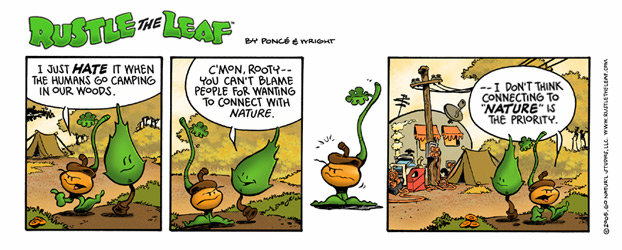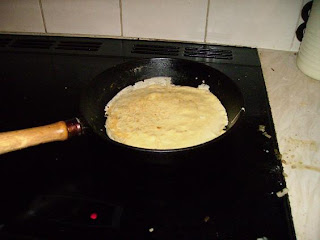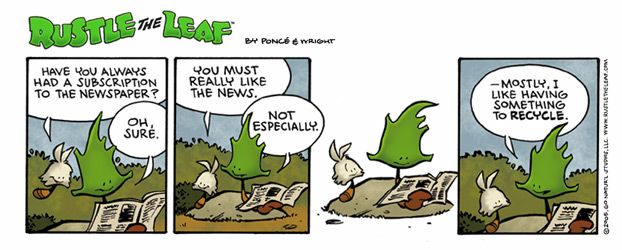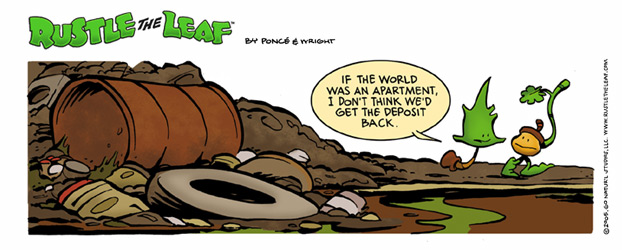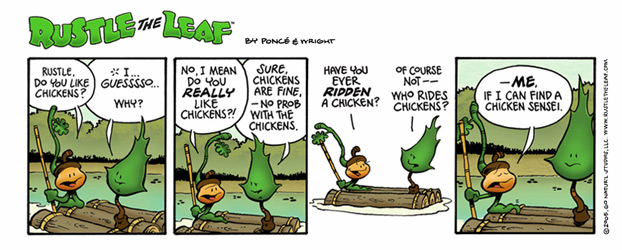
I wasn't kidding
when I said that smallholders, allotment gardeners and die-hard local food devotees can end up eating a lot of cabbage through a British winter. You may have thought I presented loads of cabbage recipes last time, but I'd still be eating each of them a couple of times a week for several months of the year unless I had some other cabbage ideas up my sleeve. Thanks to everyone for providing your own favourite cabbage recipes, too.
The trouble with cabbage is it's tricky to disguise. You can hide away some swede or parsnip or leek in a soup or casserole, a curry or chili or vegetable pasta sauce or all kinds of things. But as soon as you put cabbage into any of those dishes to my mind it sticks out like a sore thumb.
Bubble and Squeak (or
Ca'ad Waarmed Up as it's known in the North East) is a good way of successfully mixing cabbage with other ingredients. It's traditionally made with leftover vegetables but you could cook some veggies specifically for the purpose. Mash up your leftover veggies (which ideally include potatoes and cabbage and other things - if there are any leftover bits of sausage or roast lamb or gravy etc. included, so much the better) and season generously. Heat some butter in a large heavy frying pan and add the veggies. Press them down with the back of a wooden spoon and fry until you sense they are beginning to brown. Stir it all up, mixing the brown bits back in with the cool bits on top, press down again and repeat. Keep doing this until it is hot all through and your mouth is beginning to water from the delicious smell. Let the bottom get good and brown, then carefully invert the pan over a warmed plate. With luck it will come out as one lovely golden cake, but more often it will break up and require scraping out of the pan. Either way it is uncommonly delicious.
Another use for cabbage is to make parcels with the whole leaves, as
Steph suggested, a bit like
dolmades but less exotic. The trick is to remove the inflexible central ribs, use only the largest green leaves, not the titchy ones from the heart, and place the parcel on the oven tray with the opening underneath to stop it unfolding again. I like to use fairly firm fillings bound with beaten egg. For example a tasty risotto could be mixed with beaten egg, stuffed into parboiled cabbage leaves and then baked in the oven with some cooking liquid in the bottom of the dish to stop it burning. Flavoured mince can also be used this way. My dad used to make a fabulous dish with mince and onions, mushrooms and
largeish pieces of black pudding all mixed together in gravy. That would be good stuffed into cabbage leaves. It's even better just served with plenty of mashed potato and no cabbage at all, but we're trying to think of ways to make cabbage exciting here.
If you don't want to stuff your mince and onions into cabbage leaves, you could serve it with
colcannon, as
Linz suggested - mashed potatoes mixed with cooked cabbage, onions or leeks,
shedloads of salt and pepper and something rich and tasty such as butter or dripping or cheese or whatever you've got. Olive oil definitely doesn't count. (I've still got a little duck fat in the fridge.
Hmmm, that gives me an idea).
Coleslaw is nice, especially at this time of year when other salad ingredients are not in season locally. With home-grown cabbage and carrots and home-made mayonnaise from our own eggs, it's a real treat (I'd like to produce our own olive oil, but I'm afraid we're going to be dependent on Mr
Bertolli for the foreseeable future). It really is essential to cut the cabbage into fine, short pieces otherwise your appealing winter salad becomes just a tedious exercise in chewing. The
Vietnamese coleslaw recipe Tracy suggested sounds like a really different approach to coleslaw and I've bookmarked it to try sometime.
I couldn't find Lesley's cabbage curry called
Hai Li
Lim. Could you provide the recipe, Lesley? John's suggestion to flavour cabbage with crushed juniper berries sounds good. I often throw flavourings into the cooking water with my vegetables - with boiled or steamed cabbage I like star anise or fennel seeds, and with stir-fried cabbage black pepper or toasted cumin seeds are very good. Andy emailed me to say he tried my recipe for
baked cabbage with nuts and cheese, but with his own additions of sliced onions and chopped palm hearts. That sounds delicious - I'm sure you could add all kinds of things, such as chicory or fennel perhaps, or really go to town with lots of different veg and turn it into a
cheesey peanut and mixed vegetable bake.
Stonehead's brose is very different to anything I've ever seen before, but I can't see how I can adapt it for my mostly vegetarian family. With the bacon it sounds very tasty, but leave the bacon out and all you're left with is cabbage
porridge, which I can tell you now will never go over with my lot (or perhaps anybody at all). I'll keep that one on the back burner for now.
But to my mind the best thing to do with cabbage is cook it with so many rich and fattening ingredients it becomes a delicious treat rather than an obligation. Simmer shredded cabbage in water then strain into an ovenproof dish. Add double cream, salt and pepper, and something
pigg-y - bacon, prosciutto,
Parma ham or cubes of
chorizo sausage, anything like that. Then bake in a low oven for however long you've got. Nobody will say "Oh, not cabbage
again!"
Don't forget to keep the cabbage water. My granny used to swear if you washed your face with cabbage water it would
make you more beautiful.
Red cabbage gives you a whole different set of possibilities. You still need to remove the tough central ribs and shred it finely just like white or green cabbage. But then you can put it in a
sealable ovenproof dish with either:
- a shredded red onion, the juice and rind of an orange, some butter, salt and pepper. Cook in a low oven for a long time, then stir in a tablespoon of marmalade before serving, or
- a shredded red onion, a chopped red apple and some apple juice, butter, salt and pepper. Cook in a low oven for a long time, and stir in a tablespoon of redcurrant jelly before serving
If you've got any cloves, star anise or sticks of cinnamon, do bung them in as well. Don't wash your face in the cooking water from red cabbages, though.
You can make an unusual red coleslaw with red onions and purple carrots if you can get them. It's a bit gimmicky but it tastes good. And of course if you can't think of anything else to do with red cabbage you can always pickle the stuff.
I can't honestly say I look forward to the first winter cabbage with anything like the same eagerness as the asparagus season or the first new potatoes, but I've found lots of ways of cooking them that are really enjoyable.
 We're already a couple of days into the Fair Trade Fortnight which runs from 26 February - 11 March. There's an online calendar of events including a talks by fair trade farmers, a banana race, and lots of coffee mornings, wine tastings, concerts and loads of other things. Find out what's going on near you.
We're already a couple of days into the Fair Trade Fortnight which runs from 26 February - 11 March. There's an online calendar of events including a talks by fair trade farmers, a banana race, and lots of coffee mornings, wine tastings, concerts and loads of other things. Find out what's going on near you.





